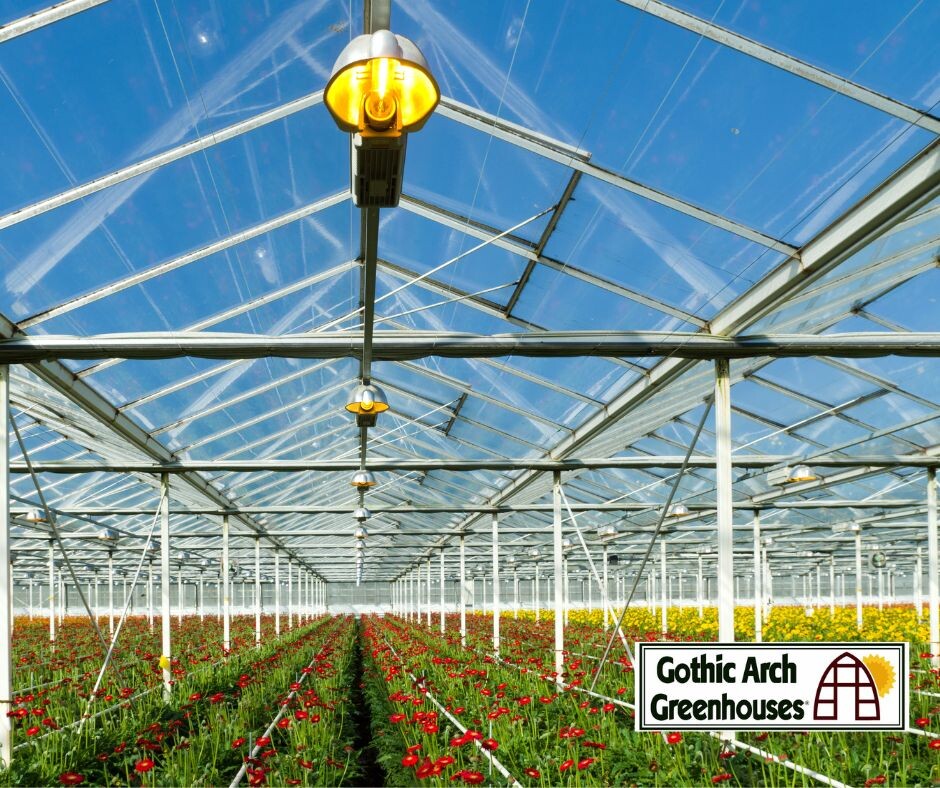
Plants need light to grow and thrive, but how much and when can be affected by factors such as the age of the plant and the season of the year.
In the controlled environment a greenhouse provides, growers set themselves up for success simply by understanding the basic needs of plants and the lighting options available.
Depending on the season of the year and the greenhouse location—particularly freestanding structures—plants may get sufficient natural light. However, supplementing that may be beneficial or even necessary to support plant growth or to extend exposure to light.
While plants don’t need much light when they are in the seedling stage, getting sufficient light as they grow can increase health, strength, growth rate and yield.
This is what you need to know about the four basic greenhouse lighting options:
- Incandescent: Smaller and less expensive than other greenhouse lighting choices, incandescents still can have a purpose. They are best served to provide supplemental light to single plants. But because of the intense heat they emit, they shouldn’t be placed too close to foliage.
- Fluorescent: Preferred over incandescents, fluorescent lighting—compact fluorescent lighting or CFLs—can be more cost effective and can provide what is closer to natural sunlight. This full-spectrum lighting is a grower’s best choice, particularly for extending the season into the winter. It’s also a good choice to help nurture seedlings. Be mindful when selecting the temperature range of CFLs to suit your growing needs.
- High-Intensity Discharge: The high pressure sodium lamps and metal halide lamps that fall under this category can be very beneficial to plants at various stages of growth. Metal halide lamps are a preferred source where there isn’t much natural light, while high pressure sodium lamps provide a warm, but less intense light that promotes budding and flowering. Because of their strength, these can’t be placed close to plants, and they are more expensive to operate compared to other options.
- Light-Emitting Diode (LED): While these may require more of an upfront investment than some other options, LEDs offer an excellent return on investment. Some can last up to 10 years before needing to be changed! Considered the most energy-efficient choice, LEDs are ideal for traditional greenhouses and hydroponic applications. They are easy to install and tend to run cooler that some other lighting systems.
Wondering what lighting system your greenhouse calls for? Let us help! Please call us at 800-531-4769 or visit our website at www.GothicArchGreenhouse.com.
